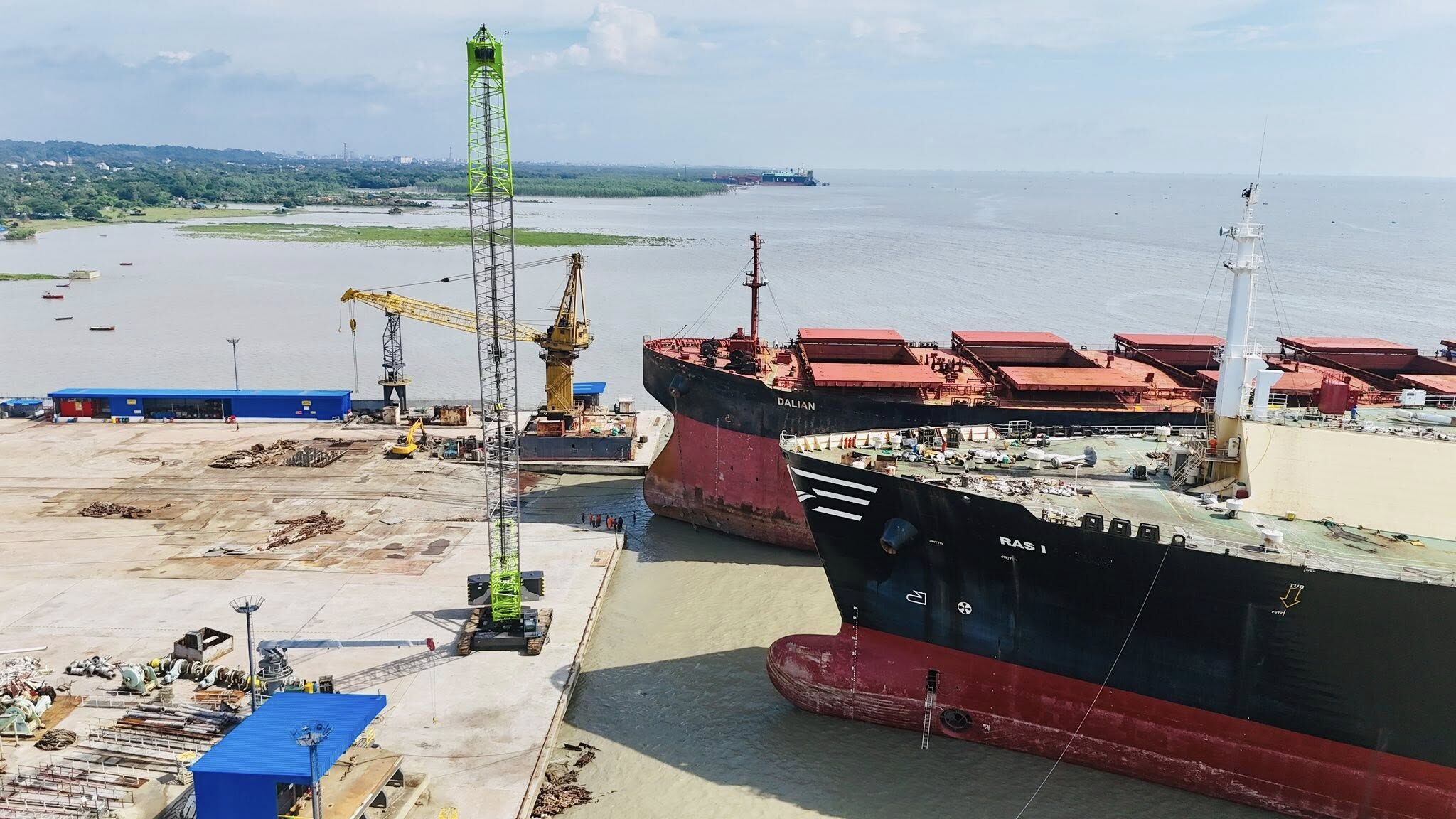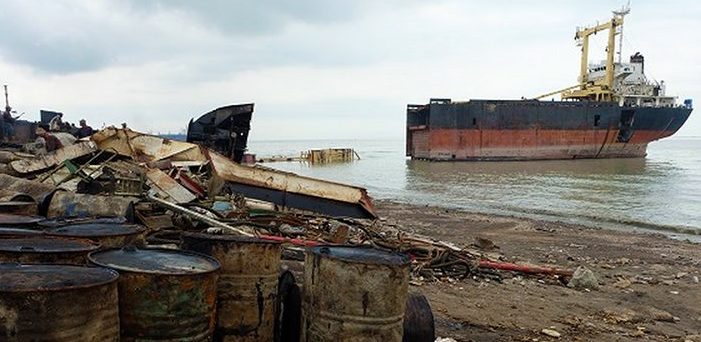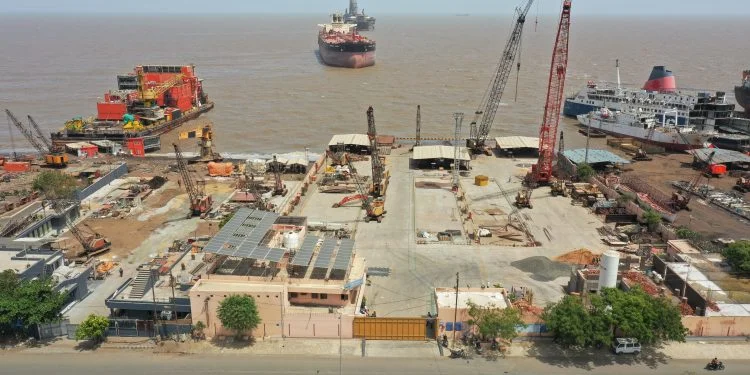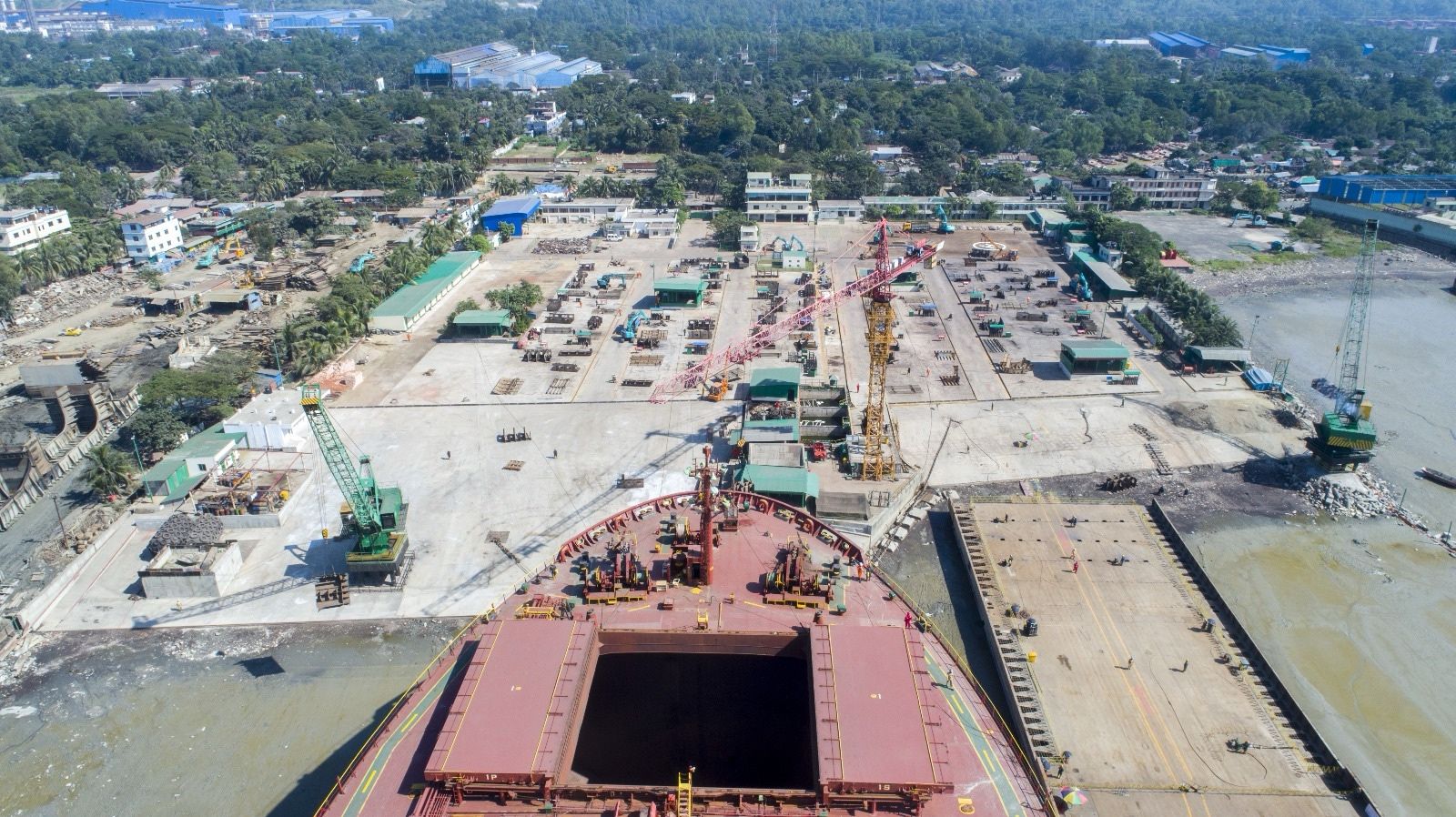Navigating Maritime Disputes: Understanding Ship Arrests and Legal Remedies
The maritime industry is the backbone of global trade, with over 80% of all goods transported by sea. However, this vast and complex network is not without disputes. Ships can face a variety of issues, ranging from collisions and salvage operations to contractual disagreements and pollution claims. When these disputes arise, maritime claims become crucial legal tools for resolving them. Among the most powerful legal mechanisms in this realm is the arrest of ships, a process governed by international conventions and local laws.

Maritime Claims: The Foundation of Ship Arrests
Maritime claims serve as the basis for many legal disputes at sea. They address a broad spectrum of issues, including:
Collisions: Damage caused by ships in collisions or other incidents.
Personal Injury or Death: Compensation for loss of life or injury linked to ship operations.
Salvage: Recovery efforts for ships in distress or lost cargo.
Charter Disputes: Conflicts arising from agreements to hire or use a ship.
Cargo Claims: Loss or damage to goods transported by sea.
Wages and Expenses: Payments owed to crew members, shipmasters, or suppliers.
Ownership Disputes: Legal disagreements over the ownership or earnings of a ship.
Mortgages: Claims tied to loans secured by the ship as collateral.
When parties fail to resolve these disputes amicably, legal remedies like ship arrests are often sought. This process allows claimants to secure their claims by detaining a ship until a resolution is reached.
Ship Arrest: A Unique Legal Tool
Ship arrest is a specialized legal measure that treats the vessel itself as the defendant in a legal proceeding, known as an in rem claim. Unlike other legal processes, this focuses on the ship as an asset rather than its owner. It provides leverage for claimants, compelling shipowners to address outstanding debts or disputes promptly.
The 1952 International Convention Relating to the Arrest of Seagoing Ships (commonly referred to as the Arrest Convention) is the cornerstone of international law in this area. Under this convention, a ship registered in any signatory state can be arrested in the jurisdiction of another signatory state for any maritime claim. Importantly, ship arrest differs from seizure, as it is not intended to satisfy a judgment but rather to secure a claim.
Jurisdictional Variations in Ship Arrests
The procedures for arresting a ship vary between jurisdictions. For instance, in South Africa, three primary types of arrests are recognized:
1. Arrest in Rem
This action targets the ship itself rather than its owner. A claimant can pursue an in rem action if they have a maritime lien—a privileged claim recognized by law. Common maritime liens include:
Wages owed to seafarers.
Claims for salvage operations.
Damages caused by or to a ship.
Loans secured by the ship (e.g., bottomry bonds).
Alternatively, an arrest can be made if the ship’s owner would be liable for the claim in a direct personal action (in personam).
2. Arrest in Personam
This involves detaining assets owned by a defendant who is personally liable for a maritime claim. The defendant must meet one of the following criteria:
Be a resident or conduct business within the jurisdiction.
Have property within the jurisdiction attached by the claimant.
Consent to the court’s jurisdiction.
Assets subject to arrest can include bunkers, pending freight payments, or funds in a bank account.
3. Security Arrest
Security arrests are sought when a maritime claim will be arbitrated in another jurisdiction. In such cases, the arrested ship serves as collateral to ensure compliance with any eventual court or arbitration award.
How Is a Ship Arrested?
The process of arresting a ship can be both legally and logistically challenging. A court order is typically required, supported by evidence that the claimant has a valid maritime claim. Once the order is obtained, enforcement authorities, often supported by maritime agencies, execute the arrest.
A recent example in Malaysia illustrates the complexities involved. Maritime lawyer Philip Teoh, in a LinkedIn article, described how his team faced resistance from the crew of the target vessel, who refused to lower their ladder to facilitate the arrest. The situation required intervention from the Malaysian Maritime Enforcement Agency, highlighting the collaborative effort often needed in such operations.
Teoh emphasized that ship arrests are a critical tool for maritime lawyers. “Shipowners fear an arrest of their vessels and often take steps to provide security to obtain the release of their vessel. Sometimes the arrest leads to an eventual settlement of the claim,” he noted.
The Impact of Ship Arrests on Maritime Trade
Ship arrests can have significant consequences for shipowners, charterers, and the broader maritime industry. The detention of a vessel disrupts shipping schedules, leading to financial losses and reputational damage. It also creates pressure for owners to settle claims quickly, either by posting security or negotiating terms.
However, this mechanism also ensures accountability in an industry characterized by international operations and complex ownership structures. By allowing claimants to target the vessel directly, ship arrest provides an effective remedy when other avenues fail.
Challenges and Criticism
Despite its utility, the process of ship arrest is not without controversy. Critics argue that it can be misused to exert undue pressure on shipowners, particularly in jurisdictions with lenient arrest standards. Others highlight the economic impact on global trade, as even temporary delays can disrupt supply chains.
To address these concerns, the 1952 Arrest Convention and similar frameworks aim to balance the rights of claimants with protections for shipowners. Clear definitions of maritime claims and uniform procedures across jurisdictions help minimize abuse.
Conclusion
The arrest of ships is a vital legal mechanism in maritime law, providing a means to secure claims and resolve disputes. Rooted in international conventions like the 1952 Arrest Convention, it reflects the unique challenges of governing an industry that operates across borders and jurisdictions.
While the process can be complex and contentious, it underscores the importance of accountability in global trade. For maritime lawyers, ship arrest remains a powerful tool, ensuring that the world’s seaborne lifelines continue to operate under a framework of fairness and legality.
Author: shipping inbox
shipping and maritime related web portal








